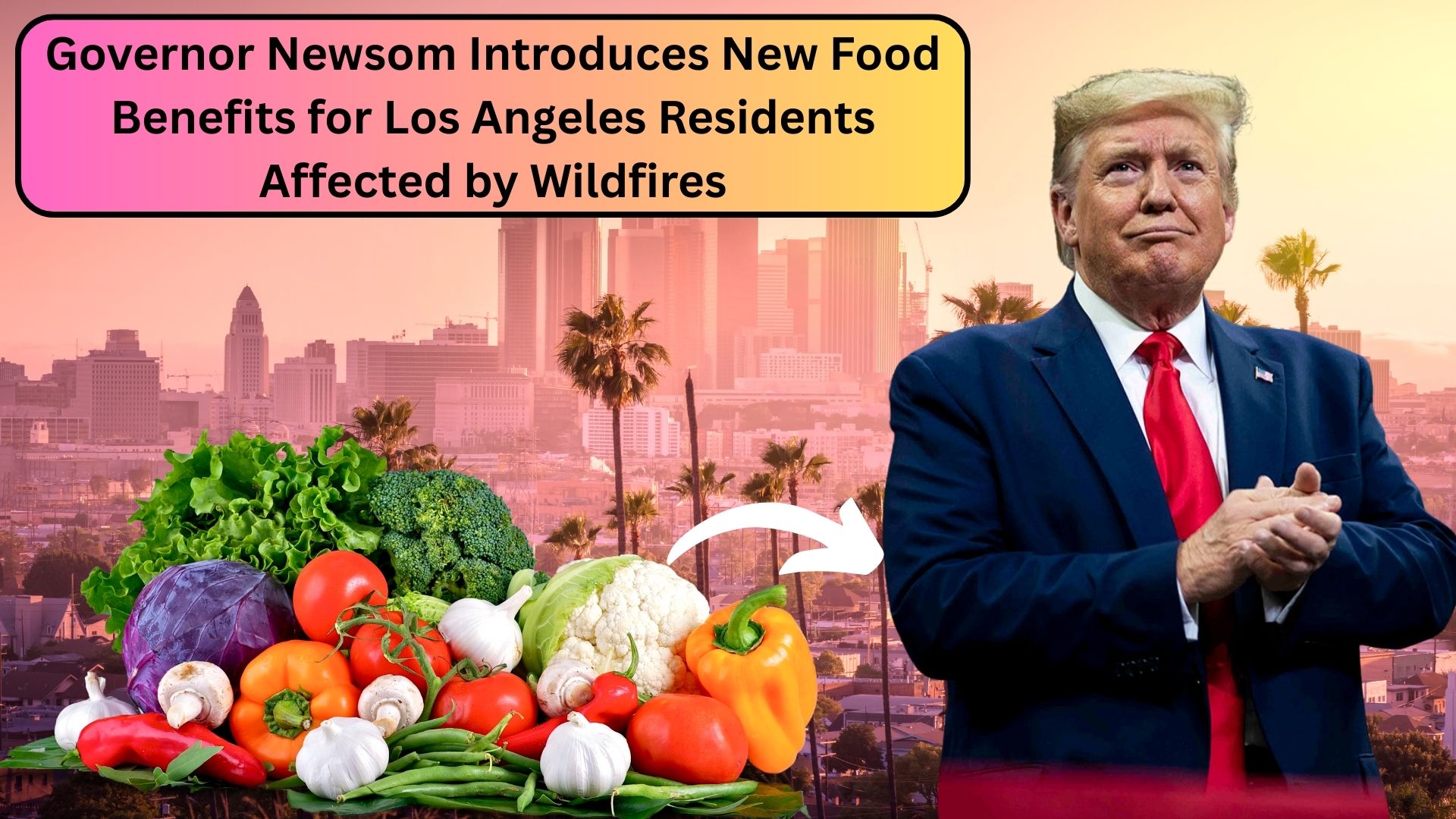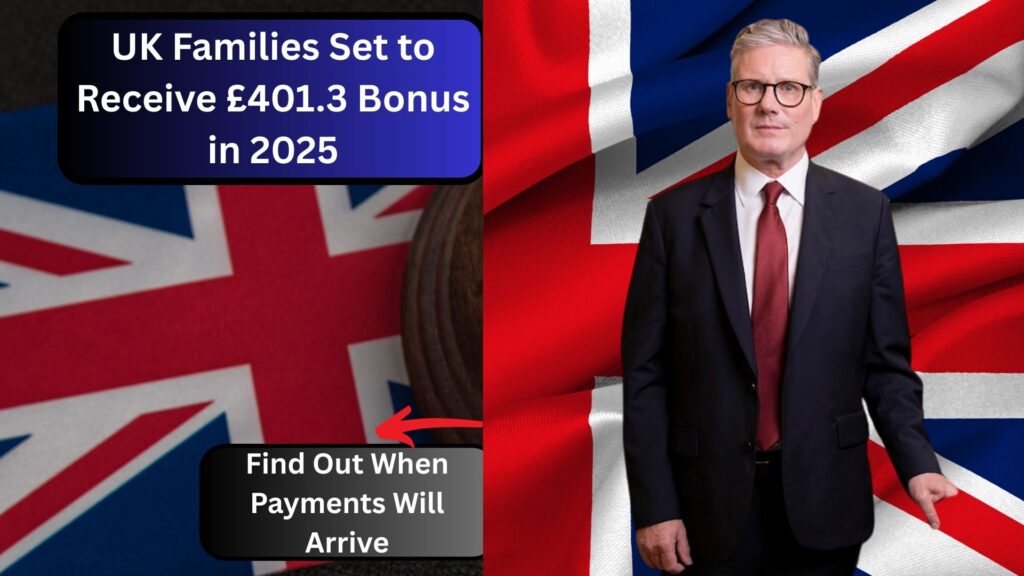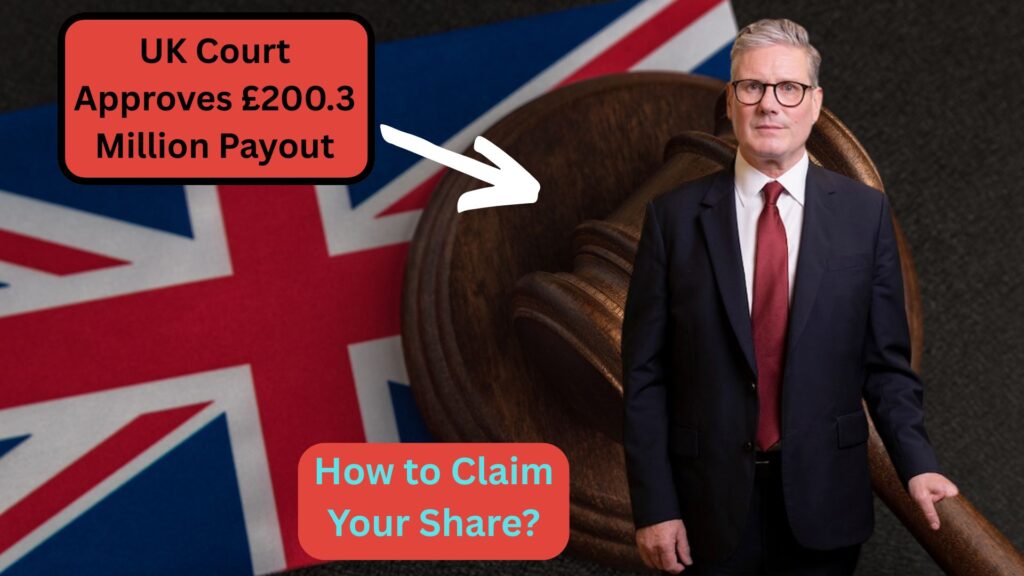In the aftermath of the devastating January 2025 wildfires that swept through Los Angeles County, Governor Gavin Newsom has unveiled a crucial food assistance program aimed at helping thousands of affected residents. This initiative, known as Disaster CalFresh (D-CalFresh), represents a significant step in California’s ongoing recovery efforts, providing essential nutritional support to those who have lost homes, jobs, or faced financial hardship due to the historic blazes.
Table of Contents
A Lifeline for Fire Victims

The January wildfires in Los Angeles County stand as one of the most catastrophic natural disasters in California’s recent history. Beginning on January 7, 2025, the fires—primarily the Palisades Fire in Pacific Palisades and Malibu, and the Eaton Fire in Altadena—tore through communities with unprecedented fury, fueled by hurricane-force Santa Ana winds and exceptionally dry conditions following months of minimal rainfall.
“California’s response and recovery efforts will continue to be guided by the needs of people throughout the impacted region,” Governor Newsom stated while announcing the new benefits program. “My administration is focused on serving the individuals and families who need our help the most, which means creating new and expanded benefit programs.”
The toll has been staggering. The fires consumed over 57,000 acres, destroyed more than 18,000 homes and structures, forced the evacuation of approximately 200,000 residents, and tragically claimed at least 30 lives. Communities like Altadena were particularly hard-hit, with entire neighborhoods reduced to ashes. The economic impact has been equally devastating, with preliminary estimates suggesting property and capital losses between $76 billion and $131 billion.
For many residents, the loss of homes, employment, and basic necessities has created an immediate food security crisis—a challenge the new D-CalFresh program directly addresses.
How D-CalFresh Works
The Disaster CalFresh program, approved by the United States Department of Agriculture (USDA) at California’s request, provides immediate food assistance through electronic benefits that can be used like a debit card at most grocery stores and food retailers. Unlike regular CalFresh benefits, D-CalFresh features a streamlined application process and expanded eligibility criteria specifically designed to help disaster victims.
“The California Health & Human Services Agency and its departments, in partnership with our federal, local, and other state partners, are committed to helping people impacted by these historic wildfires,” CalHHS Secretary Kim Johnson said.
The program offers substantial support. For example, a family of four with a monthly income up to $3,529 may receive a one-time benefit of $975 to help cover food costs during recovery. Individual recipients can receive up to $291, with benefit amounts scaling based on household size.
To qualify for these benefits, residents must have lived or worked in a fire-impacted area within Los Angeles County on January 7, 2025—the day the wildfires began. Additionally, applicants must have experienced at least one of the following hardships as a direct result of the fires:
- Loss of income due to the wildfires or related power outages
- Expenses related to evacuation or temporary relocation
- Damage to home or business
- Other disaster-related expenses
Importantly, at least one person in the household must not already be receiving regular CalFresh benefits. For those already enrolled in the standard CalFresh program, supplemental benefits may be available to bring their household up to the maximum benefit amount based on family size.
Application Process and Timeline
The application window for D-CalFresh runs from February 10-14 and February 18-19, 2025—a deliberately brief period designed to expedite assistance to those in need. Residents can apply through multiple channels:
- By phone: Calling 866-488-8482 (Monday-Friday, 8:00 a.m. to 5:00 p.m.)
- In person: Visiting any Los Angeles Department of Public Social Services (DPSS) office
When applying, residents should be prepared to provide:
- Proof of identity (driver’s license, ID card, or passport)
- Proof of residency or employment in an affected area
- Documentation of losses (when available, though verbal attestation is acceptable in many cases)
Following application submission, applicants will participate in a brief interview (either by phone or in person) to verify their eligibility. Approved applicants can expect their EBT cards to be loaded with benefits within approximately 72 hours.
This quick turnaround is crucial, as D-CalFresh is designed as a one-time emergency benefit rather than ongoing support. Those who miss the application period may unfortunately be ineligible for this specific program, underscoring the importance of applying promptly.
Additional Food Assistance Measures
Beyond the D-CalFresh program, Governor Newsom has implemented several other food-related assistance measures for wildfire victims:
- Hot Food Purchases: People currently receiving regular CalFresh benefits in Los Angeles and surrounding counties can now use their benefits to purchase hot, prepared foods—an important accommodation for those who may not have access to cooking facilities due to evacuation or damage to their homes. This waiver remains in effect through February 8, 2025.
- Replacement Benefits: CalFresh recipients who lost food due to power outages or evacuation may request replacement benefits through February 5, 2025. To access these replacement benefits, recipients can contact the Los Angeles DPSS at (866) 613-3777 (Monday-Friday, 7:30 a.m. to 6:30 p.m.).
- Emergency Food Distribution: The state has released $1 million in emergency reserve funding to provide food boxes and potable water to people in need, working in partnership with the Los Angeles Regional Food Bank.
These combined efforts aim to ensure that no wildfire victim goes hungry during this critical recovery period.
Part of a Broader Recovery Strategy
The D-CalFresh program represents just one component of Governor Newsom’s multi-faceted approach to wildfire recovery in Los Angeles County. In late January, the governor signed a $2.5 billion emergency funding package to support rebuilding efforts, fund cleanups, and provide legal protections and other relief for wildfire survivors.
Additionally, the governor has issued numerous executive orders aimed at accelerating recovery, including:
- Providing tax relief to impacted residents and businesses
- Streamlining the rebuilding process by suspending certain permitting and review requirements
- Assisting displaced students and affected schools
- Protecting victims from predatory real estate speculators
- Creating more temporary housing options
These state-level efforts complement federal assistance being provided through the Federal Emergency Management Agency (FEMA) following President Joe Biden’s approval of a Major Disaster Declaration for the Los Angeles wildfires on January 8, 2025. The declaration authorized FEMA to reimburse 100% of disaster response costs for the first 180 days—providing crucial fiscal breathing room for state and local recovery operations.
However, the transition to the Trump administration has created some uncertainty regarding long-term federal support. In late January, now-President Donald Trump threatened to potentially withhold federal disaster aid unless certain state policies were changed—a position that Governor Newsom has publicly refuted while emphasizing the need for bipartisan cooperation on disaster relief.
Despite these political tensions, Governor Newsom has maintained a collaborative stance, welcoming President Trump during his visit to Los Angeles and pledging to work together to support survivors and secure federal assistance. “We welcome President Trump to California with an open hand,” Newsom stated. “Just as President Trump supported California during the pandemic, we will work together again for firestorm survivors and communities across Los Angeles who deserve all the help they can get from federal, state and local governments.”
Community Impact and Response
The D-CalFresh program has been met with relief and gratitude from affected communities, where many residents are still struggling with the immediate challenges of displacement and financial strain. For many families, these food benefits provide a critical bridge as they navigate the complicated process of insurance claims, temporary housing, and eventual rebuilding.
Local community organizations have also stepped up to complement government assistance, with food banks, churches, and neighborhood groups organizing distribution events for essentials like food, water, clothing, and hygiene products. These grassroots efforts, in concert with official aid programs like D-CalFresh, illustrate the multi-layered response required to address a disaster of this magnitude.
The wildfires have also prompted renewed conversation about climate change and its role in increasingly destructive fire seasons. A recent analysis by the World Weather Attribution team found that the long-term global warming trend increased the intensity of the extreme fire weather conditions of early January by about 6 percent—a modest but meaningful contribution to the perfect storm of conditions that made these fires so devastating.
Looking Forward: Long-Term Recovery and Resilience
While immediate food assistance and emergency relief are crucial, the Los Angeles wildfire recovery represents a years-long process. Many affected residents face the prospect of extended displacement, complex insurance negotiations, and difficult decisions about whether and how to rebuild.
The economic ripple effects will likely be significant as well. A UCLA Anderson School of Management analysis projects a reduction in regional GDP by $4.6 billion (a 0.48% decline) and lost wages totaling $297 million in 2025 alone. The report also warns of potential increases in insurance premiums and growing housing affordability challenges, particularly in the rental market.
Against this backdrop, Governor Newsom’s administration faces the dual challenge of supporting immediate recovery while also addressing the underlying conditions that made these fires so destructive. This includes not only climate resilience measures but also policies around urban development in fire-prone areas, vegetation management, power grid safety, and emergency response capabilities.
The D-CalFresh program, while focused on the immediate need for food security, represents an important acknowledgment that disaster recovery must begin with ensuring people’s most basic needs are met. By providing this nutritional safety net, California creates space for affected residents to begin addressing the enormous challenges of rebuilding their lives.
For Los Angeles County residents affected by the January 2025 wildfires, the message from Governor Newsom’s administration is clear: help is available, and no one should go hungry while working to recover from this unprecedented disaster. The D-CalFresh program stands as a testament to California’s commitment to supporting its most vulnerable citizens in their time of greatest need—a commitment that will be tested repeatedly as the long process of recovery unfolds.
Also Read –










